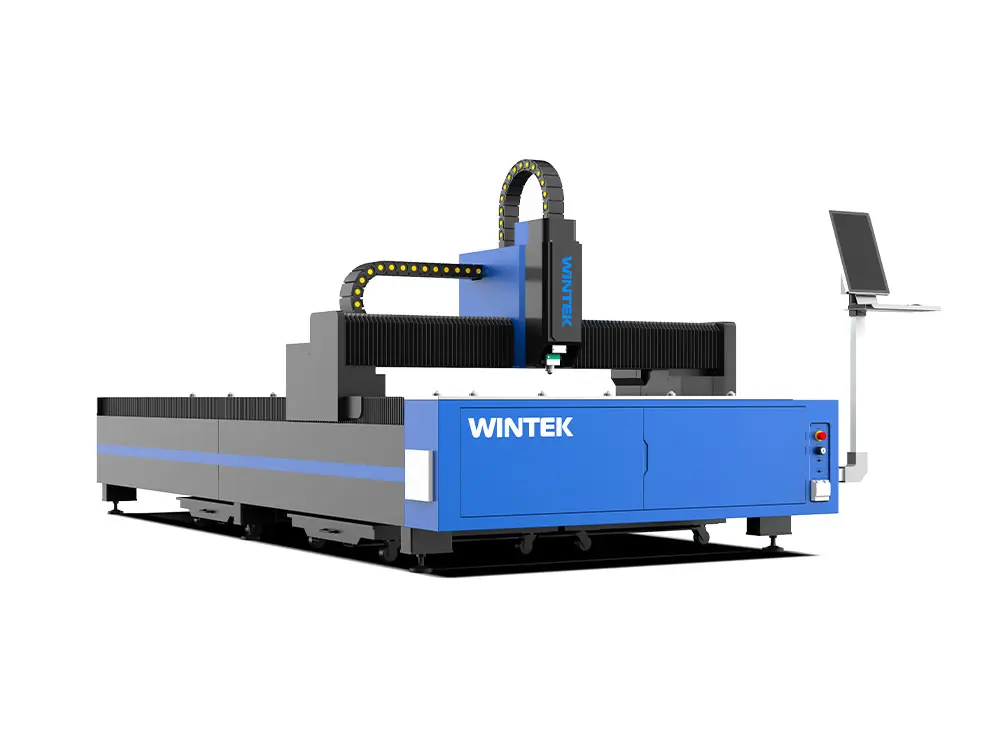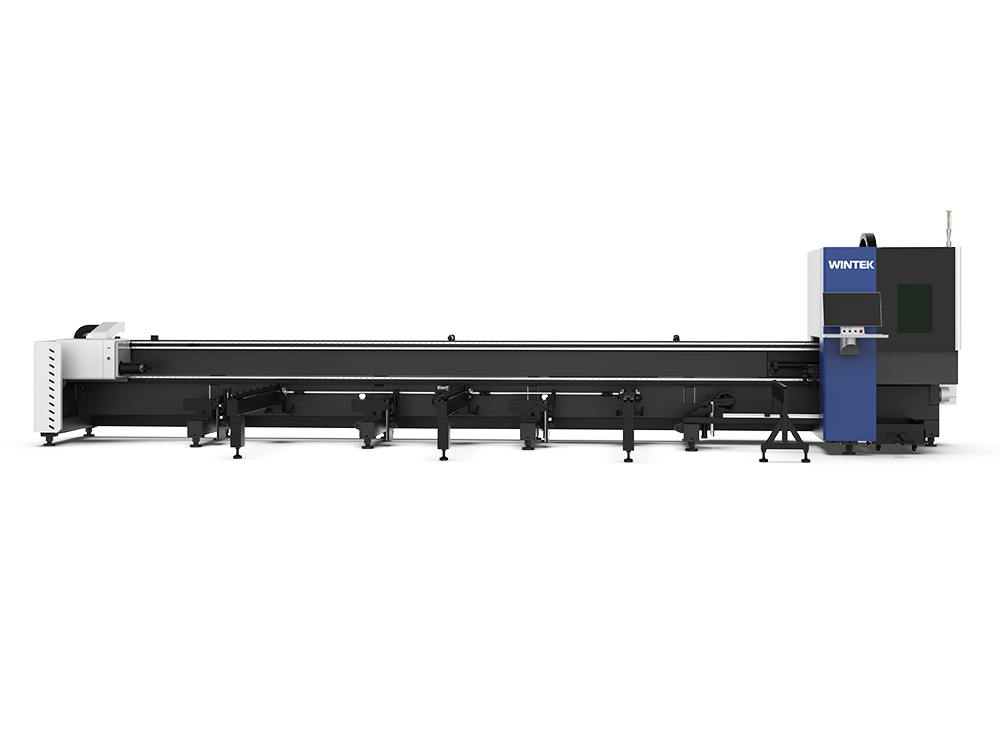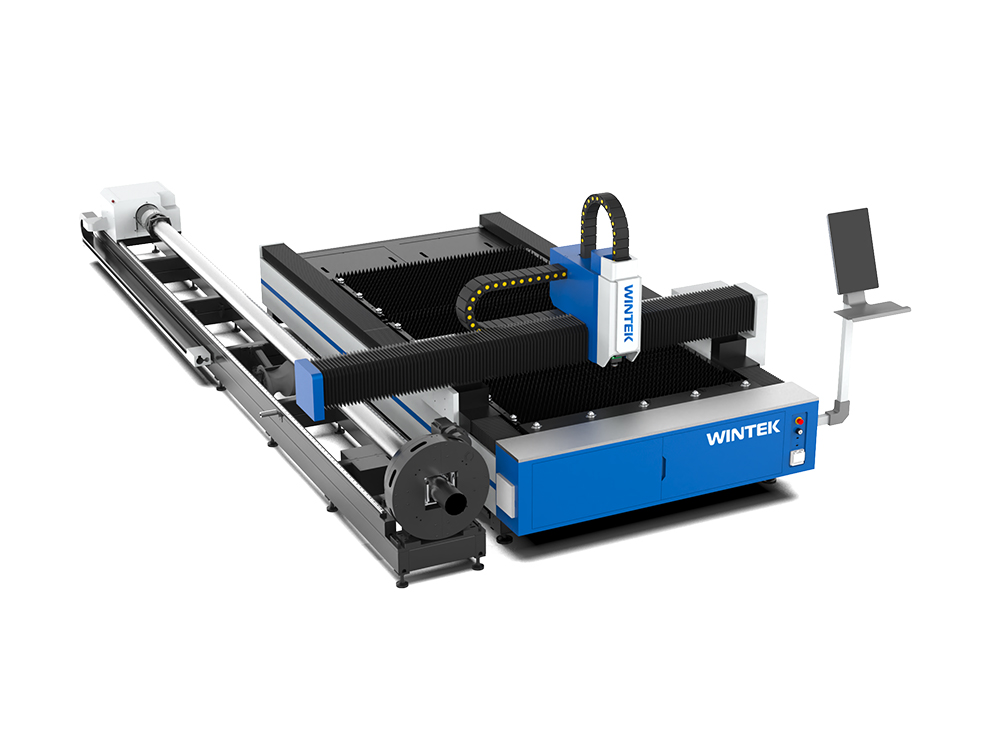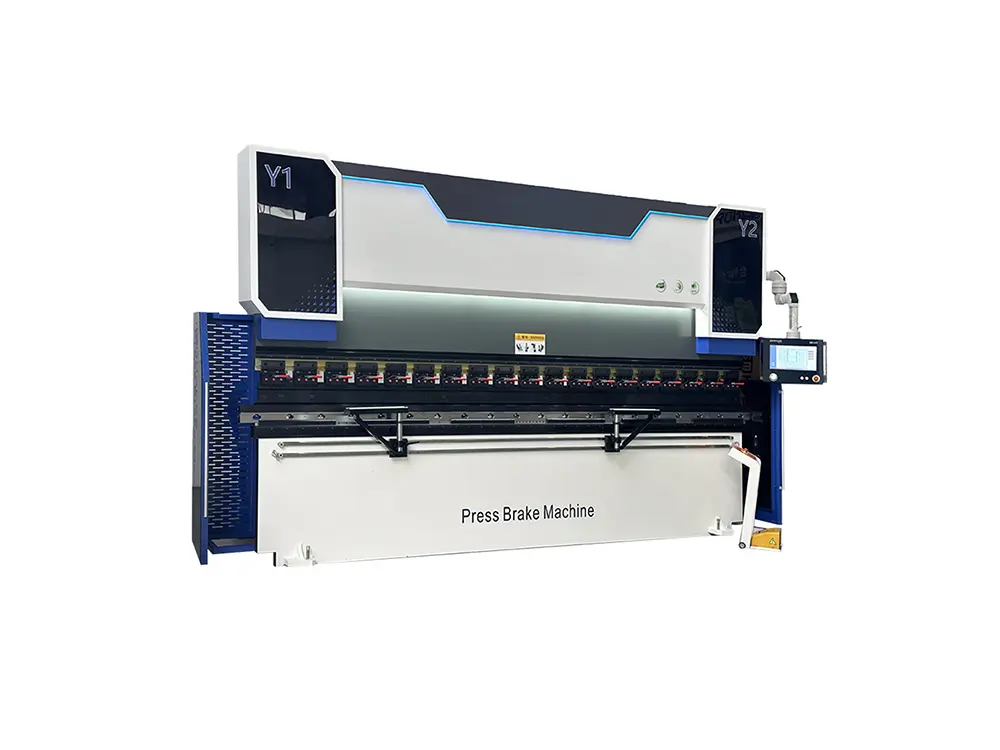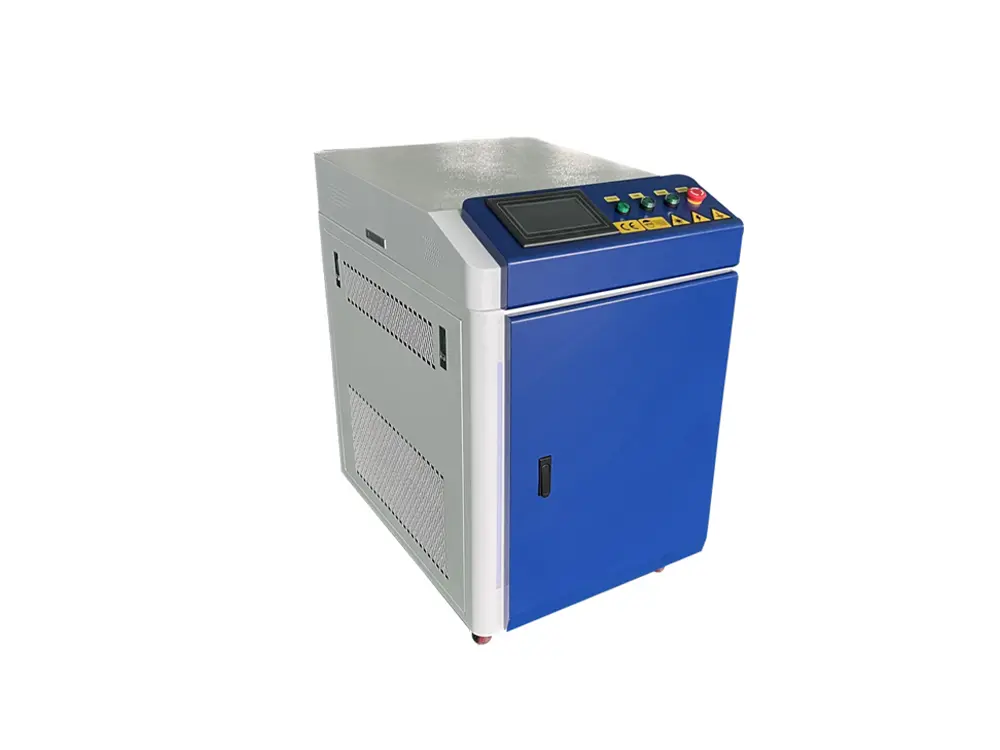In the field of laser cleaning, fiber lasers have become the preferred light source due to their exceptional reliability, stability, and flexibility. Among these, continuous laser cleaning and pulsed laser cleaning stand out as two core technologies, each with unique advantages that have secured their prominent positions in the market.
However, with diverse cleaning requirements, selecting the most suitable laser cleaning technology remains a key concern for many users. Continuous laser cleaning machines and pulsed laser cleaning machines differ significantly in terms of equipment cost, energy efficiency, applicable materials, and specific use cases. Users must evaluate their needs comprehensively to make an informed choice.
This article will delve into the topic, “Continuous Laser Cleaning vs Pulsed Laser Cleaning: Which is Better?” providing an in-depth analysis from multiple perspectives. It aims to offer a professional and comprehensive guide to help you understand the features and applications of these two technologies, enabling you to select the solution that best meets your needs.
Technical Principle Comparison
1. Continuous Laser Cleaning
Continuous laser cleaning utilizes a high-energy-density laser beam that continuously acts on the surface to be cleaned. The process removes contaminants through instantaneous heating, vaporization, or evaporation. This technology is well-suited for removing large areas of contamination, such as heavy rust, oxide layers, and coatings, with exceptional efficiency.
2. Pulsed Laser Cleaning
Pulsed laser cleaning operates by delivering high-energy laser pulses in extremely short durations, typically in the nanosecond range. This minimizes the thermal effect on the substrate, making it ideal for applications requiring precision cleaning and substrate protection, such as artifact restoration or the cleaning of delicate precision mechanical components.
Continuous VS Pulsed Laser Cleaning Advantages
Advantages of Continuous Laser Cleaning Machine
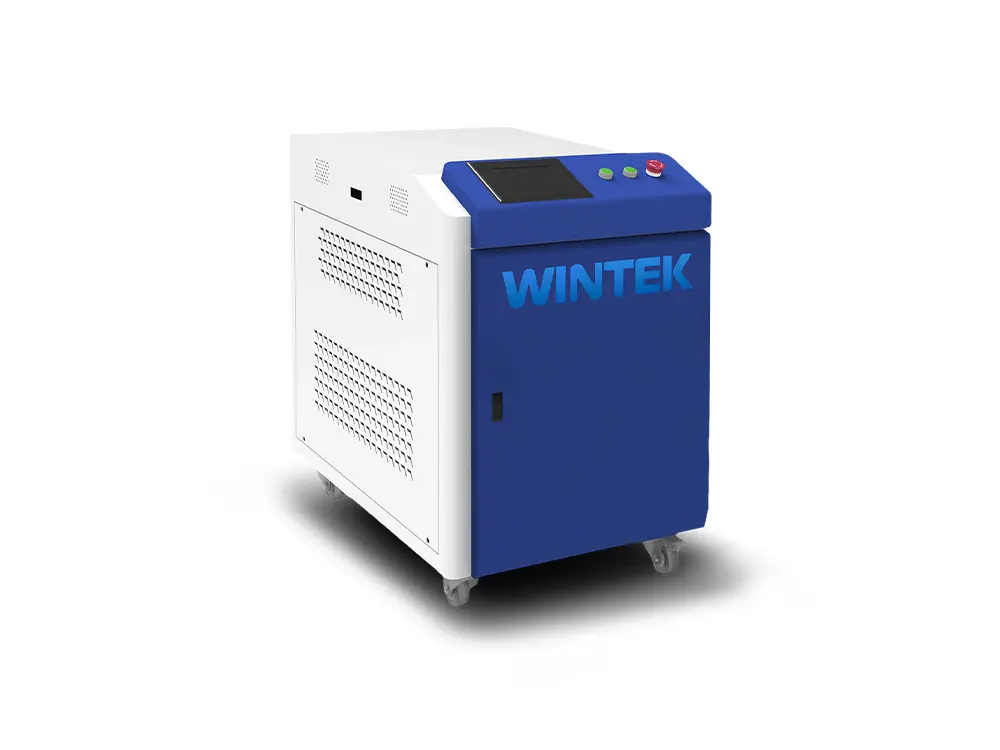
- High Efficiency: Continuous laser cleaning can quickly remove large areas of contaminants, making it ideal for large-scale industrial cleaning.
- Deep Cleaning Capability: It effectively handles thick rust layers or stubborn dirt with ease.
- Ease of Operation: The equipment is typically designed for user-friendly operation, suitable for scenarios requiring sustained cleaning.
Advantages of Pulsed Laser Cleaning Machine
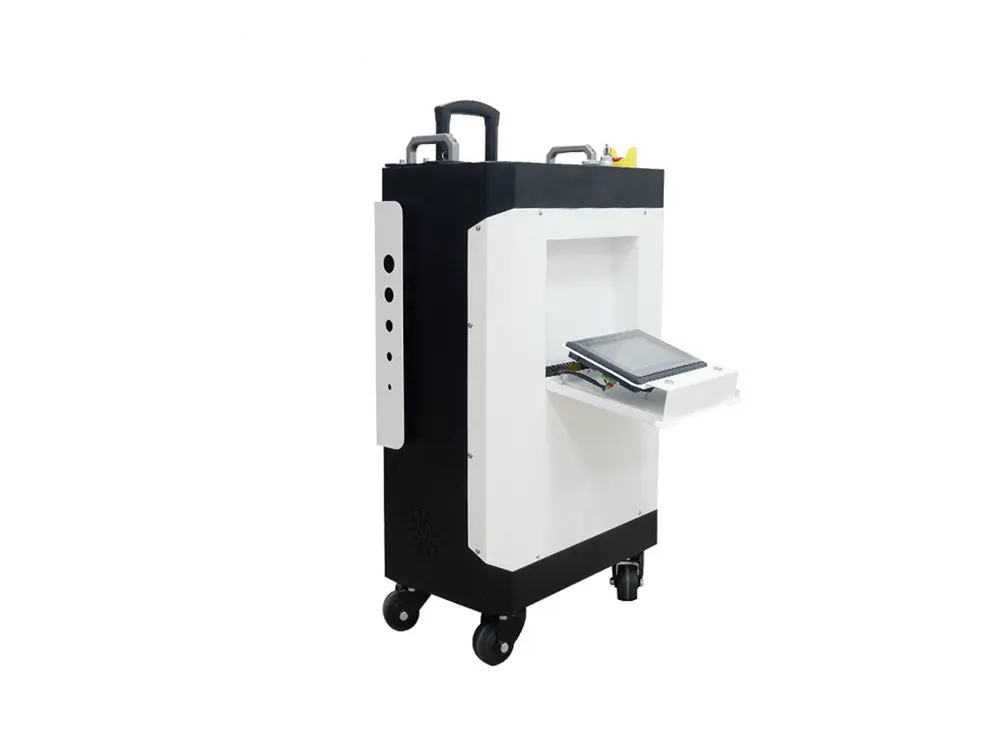
- High Precision: Pulsed lasers allow precise control over energy output, avoiding damage to the substrate, making them particularly suitable for delicate parts or artifact preservation.
- Minimal Thermal Impact: The ultra-short duration of laser pulses ensures that the substrate remains unaffected by heat, preventing deformation or damage.
- Environmentally Friendly: Pulsed laser cleaning requires no chemical agents and generates less dust and fumes, contributing to a cleaner and greener process.
Application Scenarios
1. Continuous Laser Cleaning Machine
Heavy Industry: Ideal for removing heavy rust and contaminants in shipbuilding, steel manufacturing, and automotive production.
Surface Preparation: Effective in cleaning large areas of dirt and oxides before painting, welding, or coating processes.
High-Performance Operations: Designed for scenarios requiring prolonged, high-intensity cleaning tasks.
2. Pulsed Laser Cleaning Machine
Artifact Preservation: Perfect for removing dirt or oxides from artifacts while preserving their original material integrity.
Precision Industries: Used for high-precision cleaning tasks, such as aerospace components or electronic parts.
Special Material Cleaning: Tailored for surface treatment of heat-sensitive materials, such as plastics or thin metal layers.
How to Choose the Right Laser Cleaning Method?
Selecting the appropriate laser cleaning method requires careful consideration of various factors, including the nature of the cleaning task, material properties, operating environment, and budget. Below is a detailed analysis of key dimensions to help you make an informed decision:
1. Based on Cleaning Needs and Task Characteristics
Large-Area Cleaning: For tasks focused on removing heavy contaminants such as rust, coatings, or oxides over large areas, continuous laser cleaning is the more efficient choice. Its sustained high-power output ensures faster completion and enhanced productivity.
Precision Cleaning: For tasks requiring meticulous treatment, such as cleaning artifacts or removing grime from precision components, pulsed laser cleaning excels. It effectively removes thin layers of contaminants without damaging the substrate.
2. Based on Material Properties
High-Temperature-Resistant Materials: Materials like steel and other metals that can withstand significant heat are better suited for continuous laser cleaning for rapid processing.
Heat-Sensitive Materials: For materials such as plastics, thin metal layers, or composites, pulsed laser cleaning is safer. The brief laser pulses help avoid thermal damage.
Valuable or Specialized Materials: For items like historical artifacts or precious metals, pulsed laser cleaning ensures surface integrity and high-quality results.
3. Based on Work Environment and Operating Conditions
High-Intensity Industrial Environments: For production lines requiring long, uninterrupted operations with efficient cooling systems, continuous laser cleaning is ideal.
Compact Workspaces: In scenarios requiring portability or limited space for equipment setup, pulsed laser cleaning devices, which are generally lighter, offer greater flexibility.
Temperature-Sensitive Conditions: While continuous laser cleaning thrives in high-temperature or harsh environments, pulsed laser cleaning excels in environments requiring precise heat management.
4. Based on Budget and Cost Considerations
Initial Investment: Continuous laser cleaning typically requires higher upfront investment due to its power and configuration demands, making it a better fit for high-efficiency industrial applications.
Operating Costs: Continuous laser cleaning tends to have higher energy consumption and requires robust cooling systems, resulting in higher running costs.
Economic Needs: For users with budget constraints or those seeking lower operating costs, pulsed laser cleaning is more economical due to its lower energy consumption and simpler cooling requirements.
5. Based on Cleaning Efficiency and Quality Requirements
High-Efficiency Cleaning: Continuous laser cleaning can quickly remove heavy contaminants, meeting high-demand cleaning needs.
Surface Quality Requirements: For scenarios that demand precision and superior surface treatment, such as aerospace component cleaning, pulsed laser cleaning delivers detailed results without secondary damage.
6. Based on Future Needs and Development Plans
Sustained Demand: If your production requirements are stable and involve long-term, high-intensity operations, investing in continuous laser cleaning equipment offers greater long-term value.
Versatility Requirements: For tasks that demand adaptability across diverse cleaning applications, pulsed laser cleaning is an excellent choice due to its broad applicability and flexibility.
Conclusion
Continuous laser cleaning and pulsed laser cleaning each have their advantages, making it impossible to declare one universally better than the other. These technologies are designed to suit different applications and cleaning requirements. When selecting laser cleaning equipment, it is crucial to clearly define your specific needs, including the properties of the materials to be cleaned, the working environment, and your budget.
If you have further questions about laser cleaning technologies, it is recommended to consult Wintek for detailed technical support and customized solutions to ensure the chosen equipment aligns perfectly with your requirements.

